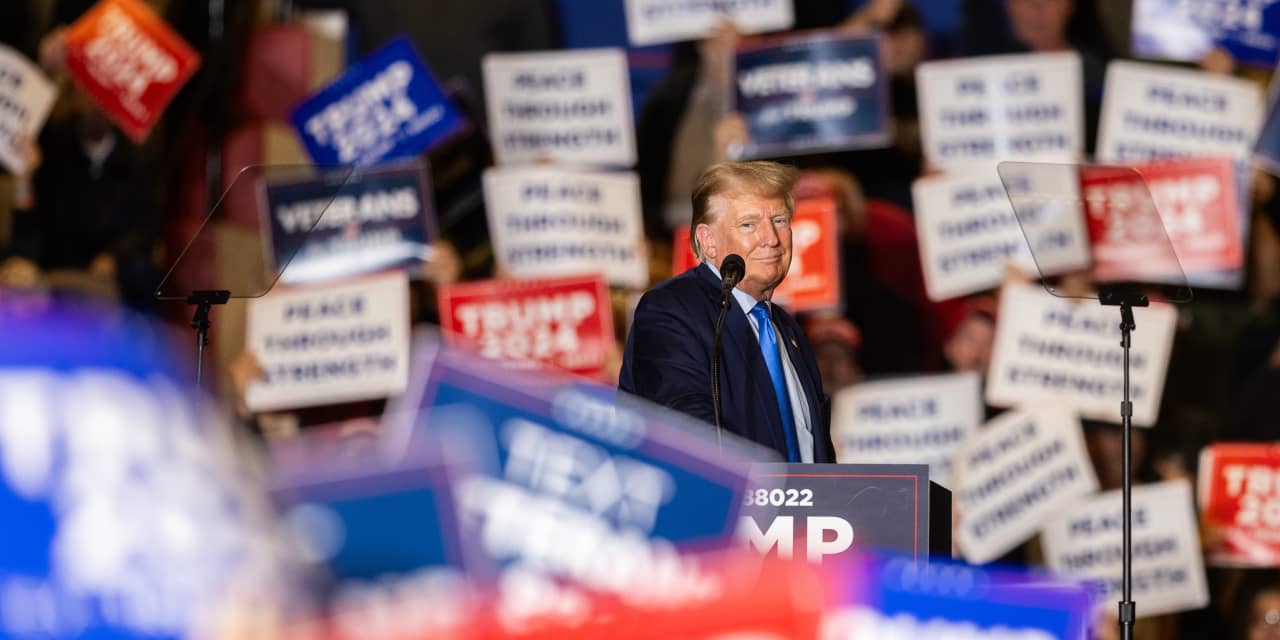As 2023 ends, we look toward next year and offer a few ideas about what investors might face.
• If Donald Trump is re-elected president, the stock market will likely rally, and investors can sell put options and buy call options to try to profit. Beyond that initial move up, things are less clear. Trump could upend the post–World War II international order, and who knows how that might impact geopolitics, much less financial markets?
• If President Joe Biden is re-elected, the stock market will likely initially waffle until clarity emerges on taxes and expensive public policies. Investors can sell puts and calls to monetize uncertainty, then modulate their positions as merited.
• The Federal Reserve matters more than any president to the trajectory of stocks and options volatility. If the Fed fails to cut interest rates, as is now so widely expected, the stock market will probably weaken. This isn’t considered to be a mainstream risk, but rate risks should become a more important market narrative in the new year, especially during the first quarter.
We expect this focus will soon prompt investors to embrace portfolio hedging and to prompt speculation in the technology and financial sectors as they increasingly focus on playing macro-market moves via potentially hot sectors.
• Investor interest in nonequity risk investments will likely accelerate. Too many people are nearing retirement, or in it, and don’t have time to make up for losses if the stock market’s Goldilocks narrative turns ugly and bears eat the cute little interloper who ate their porridge.
The options market could have a winning role here if the industry doesn’t let so-called zero-dated options—options contracts that expire in one day—overshadow the meaningful ways investors can use options to better navigate the stock market.
• The popularity of zero-dated options—which are often used to echo, or anticipate, stock market moves—will continue to be a risk to the market’s stability, as they could amplify its trading patterns. The industry defends the trading patterns of these gambling chits as harmless, but investors are well served to remember that random day in February 2018 when problems with some supposedly safe options funds caused the
Cboe Volatility Index,
or VIX, to double and the
S&P 500 index
to fall 4%.
• If exchanges don’t harm the market by introducing even more products that kowtow to the worst instincts of investors, options should make deeper strategic inroads into investor portfolio allocations. The
JPMorgan Equity Premium Income
exchange-traded fund shows how much opportunity exists. The $30 billion ETF sells calls on a portfolio of blue-chip stocks, demonstrating that the opportunity to help investors constructively manage their money might just be even bigger than helping them speculate.
Its success should make industry leaders question their increased focus on zero-dated options, rather than substantively addressing, once and for all, persistent concerns that options are too complex for inclusion in serious institutional portfolio allocations. Many investors have no idea how to use options to enhance their portfolios, despite decades of industry educational efforts to teach them.
If exchanges spent as much time on issues that truly interfere with major investors using options to address portfolio issues—rather than pandering to speculators who goose trading volumes and transaction fees—trading volumes, which are the lifeblood of exchanges, could be profoundly larger. Investors who own exchange stocks should encourage their executives to adapt a strategic view that is slightly longer than the next quarterly earnings report.
Email: [email protected]
Read the full article here




